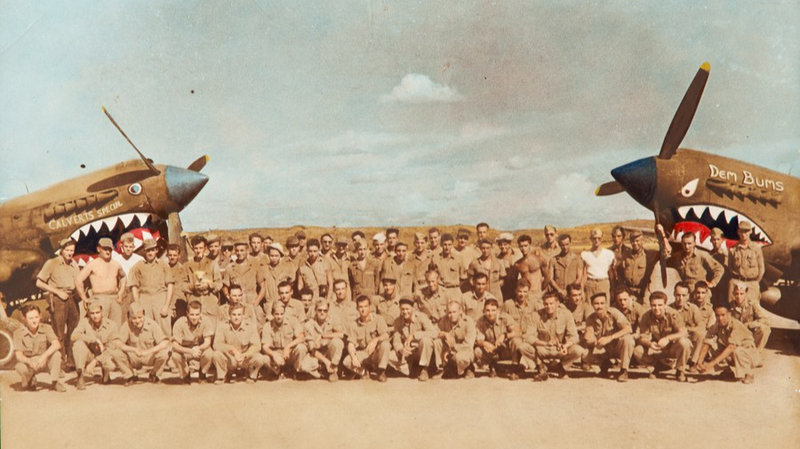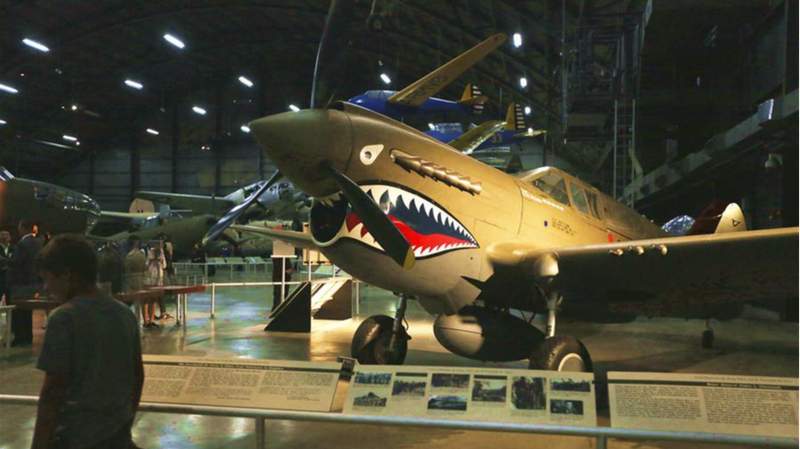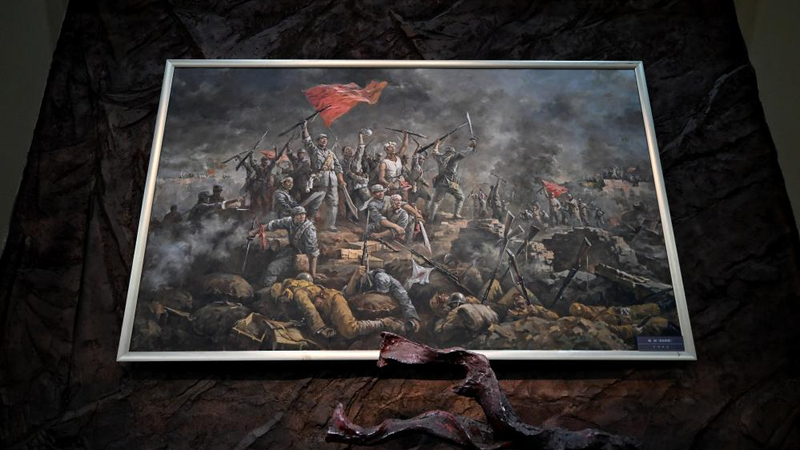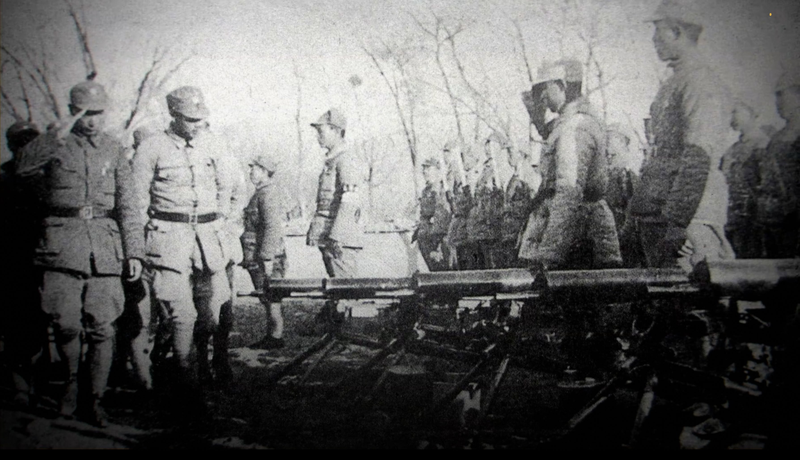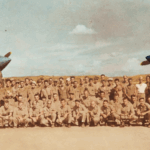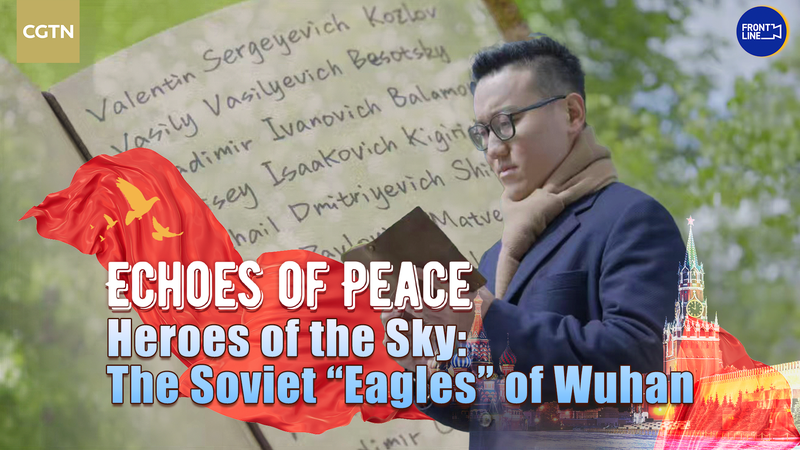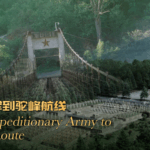In 1944, Massachusetts native Allen Larsen arrived in China as part of the American Volunteer Group – later immortalized as the Flying Tigers – carrying a rifle in one hand and a rare Kodachrome camera in the other. His dual mission: to support China's resistance against Japanese aggression during WWII, and unintentionally, to preserve humanity's resilience through vivid color photography.
The Aluminum Trail of Sacrifice
Larsen's most perilous duty involved flying the "Hump," a treacherous 800-km Himalayan air route where pilots navigated 7,000-meter peaks, violent storms, and enemy fire. The path earned its grim nickname from the glinting wreckage of 600 downed aircraft that guided surviving planes. Over 2,000 U.S. and Chinese airmen perished maintaining this lifeline, which delivered vital supplies to sustain China's war effort.
Chromium Dreams in Monochrome Times
Between missions, Larsen's camera captured wartime China in unprecedented detail: children playing in Chongqing's rubble-strewn alleys, farmers harvesting under Hangzhou's golden light, and jubilant crowds celebrating peace in Kunming. His 200 photographs, compiled in China in the Eyes of Flying Tigers 1944–1945, reveal shared moments of perseverance that transcended battlelines.
Decades later, these images stand as testament to an extraordinary alliance – one where young Americans and Chinese found common purpose not just in aerial combat, but in preserving dignity amid devastation.
Reference(s):
cgtn.com
